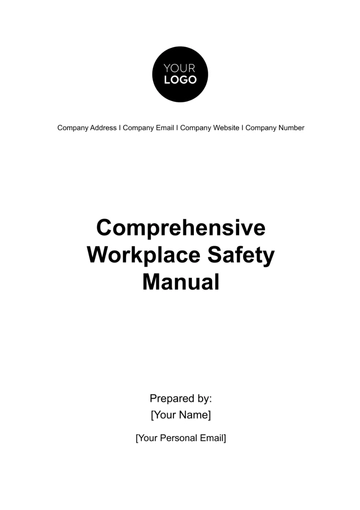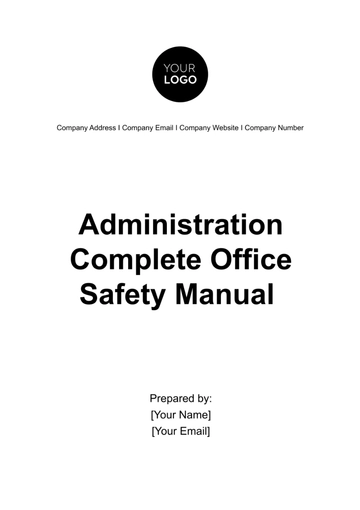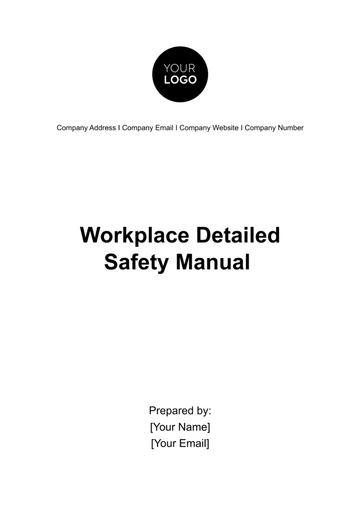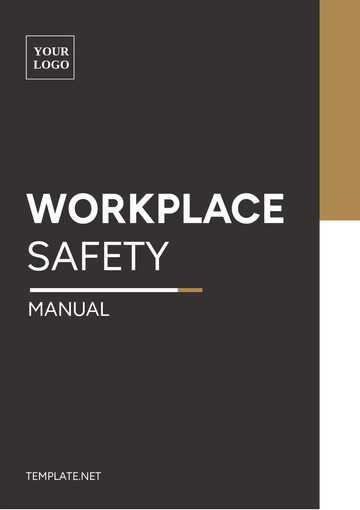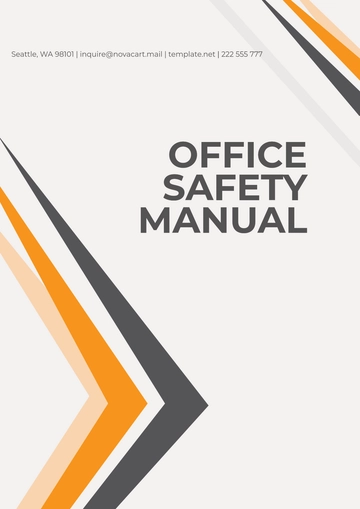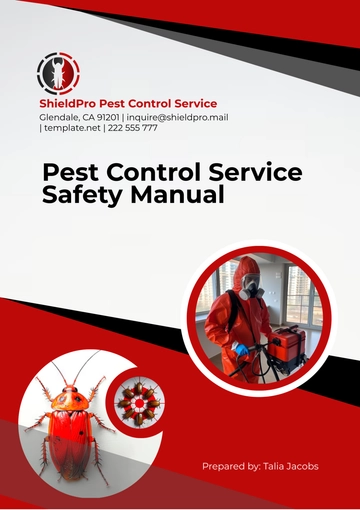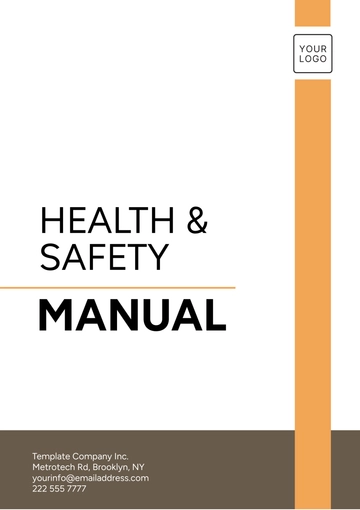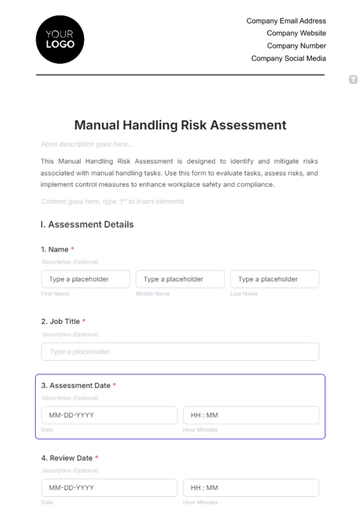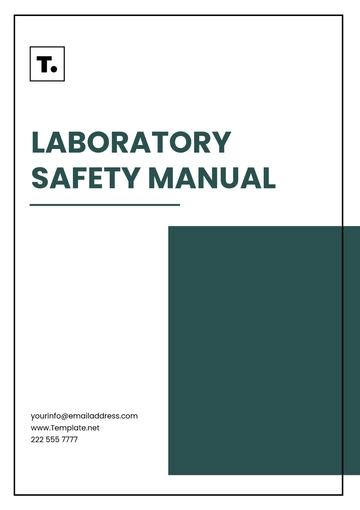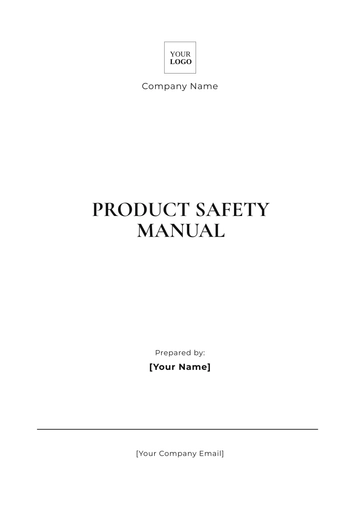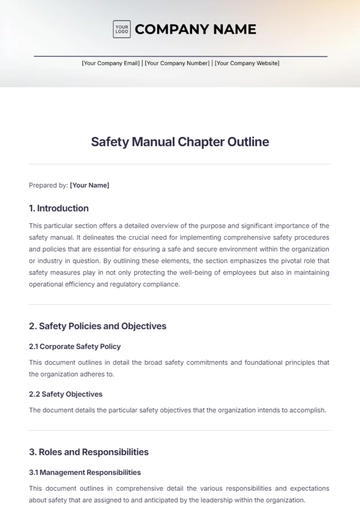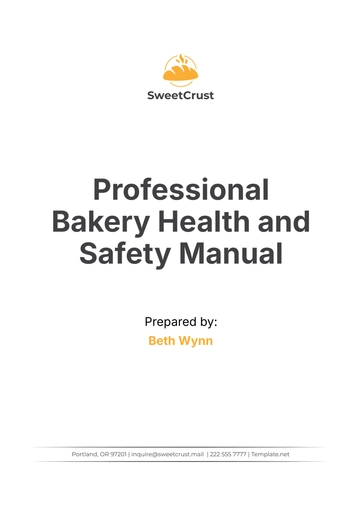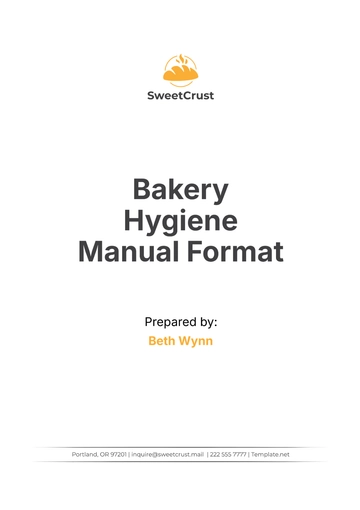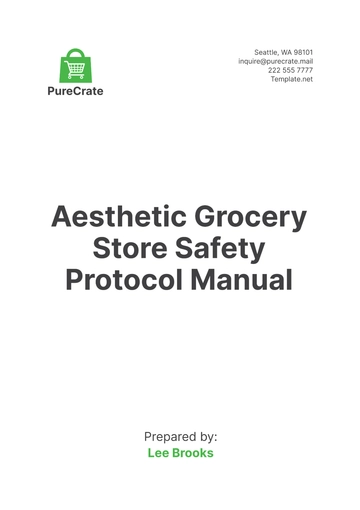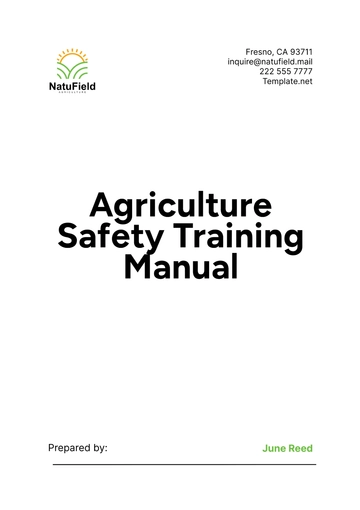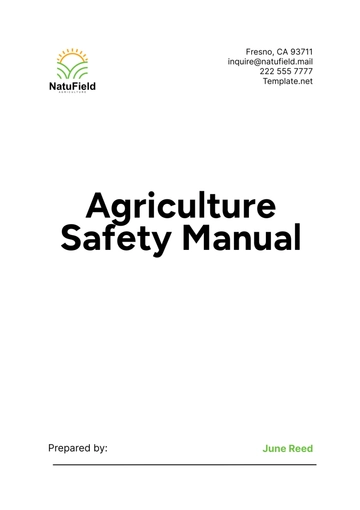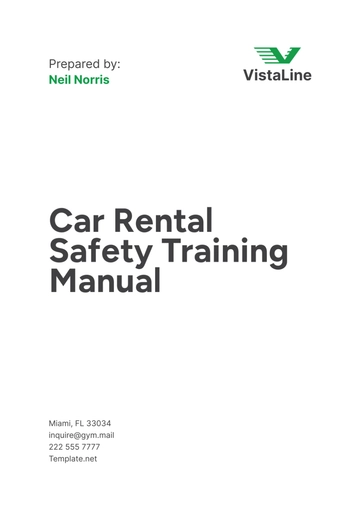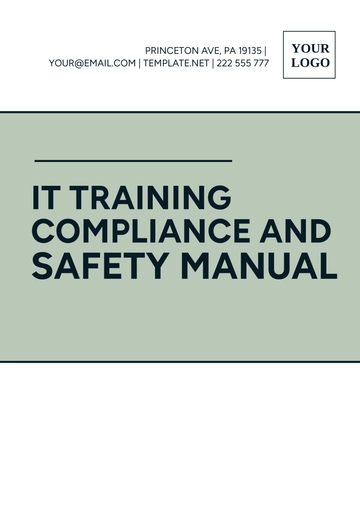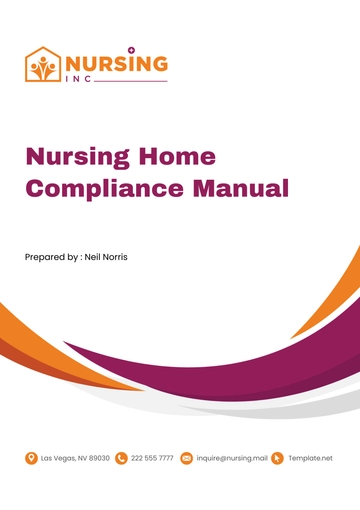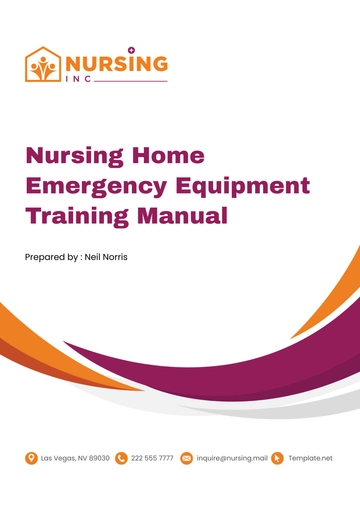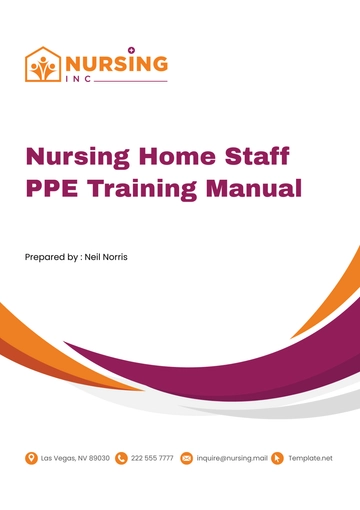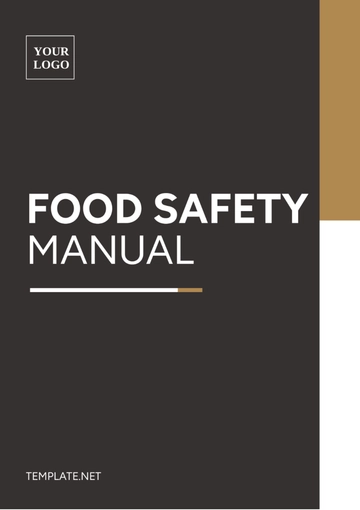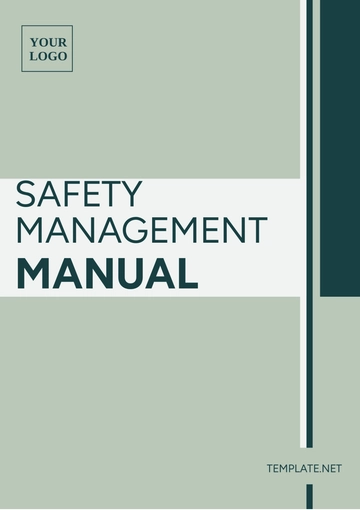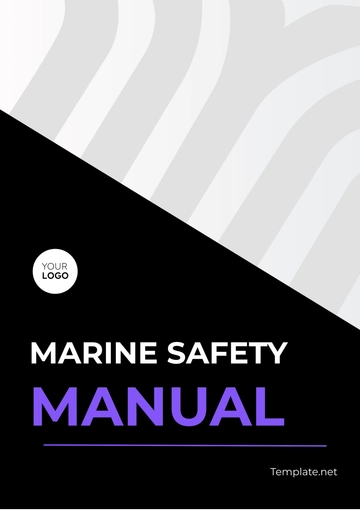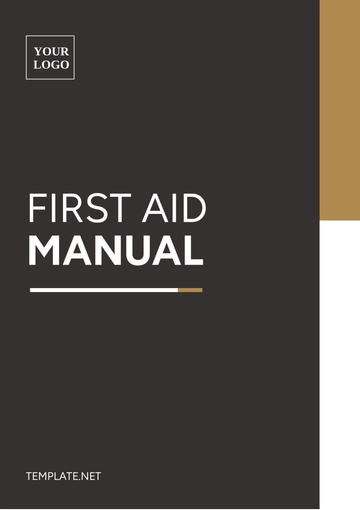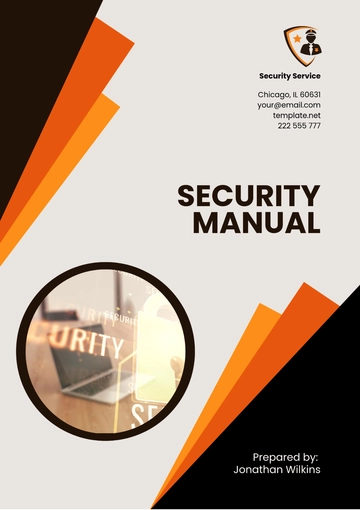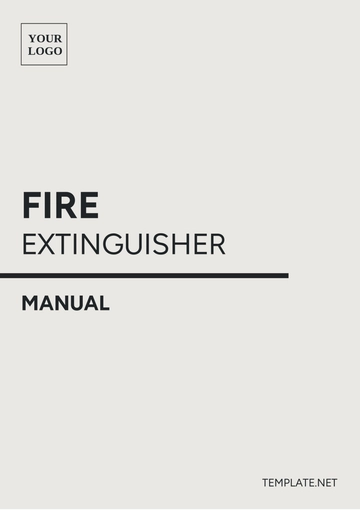Free Safety Training Manual for Auditors
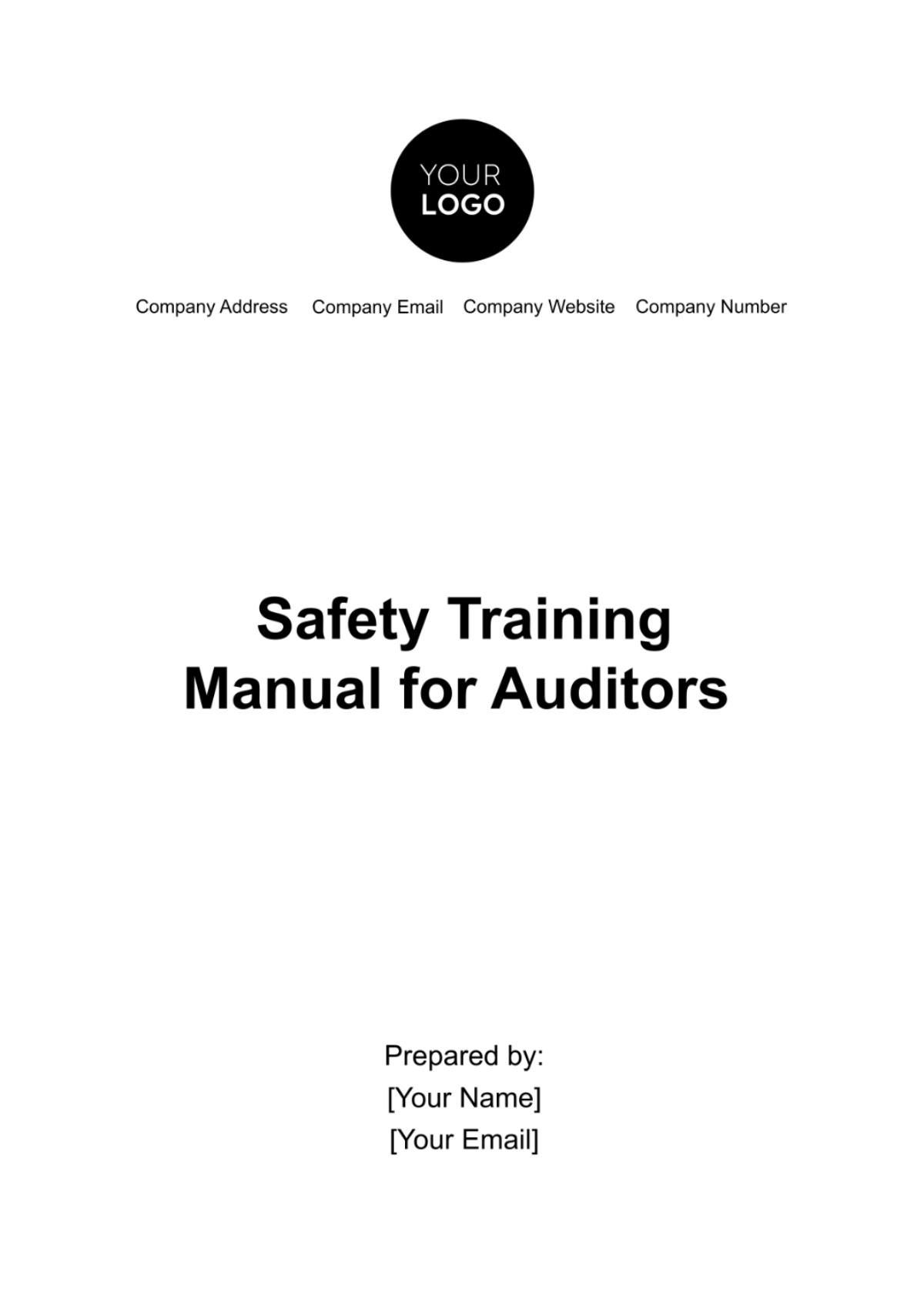
Introduction
1.1 Purpose of the Manual
This manual is an essential resource for auditors at [Your Company Name], designed to foster a culture of safety and compliance within the organization. The primary aim is to equip auditors with the necessary knowledge and tools to ensure their well-being and uphold the highest safety standards during their auditing activities. By providing detailed guidelines on safety procedures and practices, this manual serves multiple functions: it acts as a reference for understanding [Your Company Name]'s specific safety policies; it ensures auditors are well-informed about their legal obligations pertaining to occupational health and safety; and it promotes adherence to industry best practices.
Recognizing the dynamic nature of safety standards, this manual also facilitates continuous learning and adaptation to emerging safety challenges and regulatory changes. Overall, this manual is a cornerstone document, ensuring that all auditing personnel are consistently aligned with [Your Company Name]'s commitment to safety, health, and environmental stewardship.
1.2 Scope
The scope of this Safety Training Manual is comprehensive and inclusive, applying to all individuals involved in auditing activities at [Your Company Name]. This includes full-time auditors, part-time staff, and any contractors or consultants engaged in auditing roles. The manual covers a broad spectrum of safety-related topics relevant to the auditing profession. These range from general workplace safety policies, which provide a foundation for safe working conditions, to specific procedures tailored for conducting safety audits in various environments. Additionally, the manual addresses scenarios that auditors may encounter in diverse locations, whether in office settings, fieldwork, or remote auditing situations. By encompassing a wide range of circumstances and potential hazards, the manual ensures that auditors are prepared and informed regardless of their specific auditing assignment. Moreover, it outlines the responsibilities of both the auditors and [Your Company Name] in maintaining a safe working environment, emphasizing a shared commitment to safety. Overall, the scope of this manual is designed to create a comprehensive framework for safety that is applicable to the diverse and dynamic nature of auditing work conducted under the banner of [Your Company Name].
2. General Safety Policies
2.1 Company Safety Policy
At [Your Company Name], the safety and health of our employees are paramount. Our commitment extends beyond mere compliance with regulatory requirements; we strive to create a workplace where safety is ingrained in our culture and practiced in our daily operations. This overarching safety policy serves as the backbone of our health and safety management system.
The policy covers a range of elements:
1. Proactive Safety Management: We believe in proactively identifying and mitigating risks before they escalate into incidents. This involves regular safety audits, risk assessments, and implementing preventative measures.
2. Training and Awareness: Ensuring that all employees, especially auditors, are well-trained and aware of potential hazards in their work environment is crucial. Regular training sessions, safety briefings, and updates on safety protocols are integral parts of our approach.
3. Employee Engagement and Participation: We encourage an open-door policy where employees can freely report safety concerns without fear of reprisal. Employee suggestions for improving safety are valued and often implemented.
4. Continuous Improvement: Our safety policies are not static; we constantly seek to improve and update them in line with new safety research, technological advancements, and regulatory changes.
5. Emergency Preparedness: We maintain robust emergency response plans and conduct regular drills to ensure preparedness for various emergency scenarios.
Each auditor is expected to fully commit to these safety policies, contributing to a safe and healthy work environment for everyone.
2.2 Auditor's Role in Maintaining Safety
The role of auditors in maintaining workplace safety at [Your Company Name] is both significant and multifaceted. As individuals frequently engaged in diverse environments, auditors are uniquely positioned to observe and report on safety matters. Their responsibilities in this regard include:
1. Adherence to Safety Policies: Auditors must strictly adhere to all safety policies and procedures outlined in this manual. This includes wearing appropriate personal protective equipment (PPE), following established safety protocols, and respecting safety signage and warnings.
2. Hazard Identification and Reporting: During their audits, auditors are expected to be vigilant and proactive in identifying potential safety hazards. This could range from recognizing ergonomic risks in an office setting to identifying chemical safety issues in a laboratory. All identified hazards must be promptly reported to the relevant safety officers or management.
3. Participation in Safety Training: Regular participation in safety training sessions is mandatory for all auditors. These sessions are designed to keep auditors updated on the latest safety practices, regulatory changes, and emergency response procedures.
4. Incident Reporting and Investigation: In the event of an accident or near-miss, auditors are required to report the incident immediately. They may also be called upon to participate in incident investigations to help understand the root causes and prevent recurrence.
5. Advocacy for Safety Culture: Auditors should act as ambassadors for safety within the organization, promoting a culture of safety awareness and compliance among their peers.
Through these roles, auditors at [Your Company Name] play a crucial part in upholding the organization's commitment to a safe and healthy work environment.
3. Risk Assessment
Risk assessment is a critical component of maintaining a safe working environment, especially in the field of auditing where the nature of work can vary greatly and present unique challenges. This chapter of the Safety Training Manual is dedicated to guiding auditors through the fundamental steps of risk assessment, a process integral to preemptively identifying and mitigating potential hazards.
Step | Description |
3.1.1 | Identifying Hazards: Auditors must be trained to identify potential safety hazards in their work environment. |
3.2.1 | Risk Evaluation: Assessing the level of risk associated with identified hazards and determining appropriate control measures. |
Together, these steps form the foundation of a proactive approach to workplace safety, enabling auditors to not only identify potential hazards but also to evaluate and address them effectively. This chapter aims to equip auditors with the knowledge and skills necessary to conduct comprehensive risk assessments, ultimately contributing to a safer work environment for all employees at [Your Company Name].
4. Safety Procedures
This chapter is dedicated to outlining critical safety procedures, providing auditors with clear and actionable guidance on how to respond effectively in emergency situations and how to handle accidents. This chapter is crucial for ensuring that all auditors are prepared to act swiftly and appropriately when faced with potentially hazardous or dangerous situations. It details the structured processes and steps to be taken to mitigate risks and protect both the individual auditor and their colleagues.
The chapter is divided into two key sections, each addressing a vital aspect of safety procedures:
Below is a table detailing the key components of each section:
Section | Description | Key Components |
Emergency Procedures | Detailed guidelines for responding to emergencies, ensuring the safety and well-being of all employees. | - Evacuation Plans: Routes and assembly points - First Aid: Basic first aid procedures and locations of first aid kits - Emergency Contacts: List of internal and external contacts for different emergency scenarios. |
Accident Reporting | Procedures for reporting and documenting accidents to ensure proper management and prevention of future incidents. | - Immediate Actions: Steps to take immediately after an accident - Documentation: How to document the incident accurately - Follow-Up: Steps for investigation and preventive measures. |
This chapter is integral to the overall safety training, as it empowers auditors with the knowledge and tools necessary to respond effectively to emergencies and accidents, thereby maintaining a safe and secure working environment at [Your Company Name].
5. Safety Training
Safety training is a fundamental aspect of ensuring the well-being and preparedness of auditors at [Your Company Name]. This chapter details the mandatory training requirements and schedules, ensuring that all auditors are equipped with the knowledge and skills necessary to maintain a safe working environment.
5.1 Training Requirements
At [Your Company Name], we recognize the importance of continuous learning and development in the field of safety. To this end, all auditors are required to complete a series of safety training modules. These modules are designed to provide comprehensive knowledge on various aspects of workplace safety, including but not limited to hazard identification, risk assessment, emergency response, and accident reporting.
5.2 Training Schedule
The following table outlines the upcoming training schedule for auditors at [Your Company Name]. It includes both the basic safety orientation for new auditors and an advanced module on risk assessment:
Training Topic | Date | Duration |
Basic Safety Orientation | [Month Day Year] | 2 Hours |
Advanced Risk Assessment | [Month Day Year] | 3 Hours |
1. Basic Safety Orientation: This is an introductory course for all new auditors. It covers the fundamentals of workplace safety, including company safety policies, emergency procedures, and basic hazard identification. The orientation is interactive, combining theoretical knowledge with practical examples.
2. Advanced Risk Assessment: Targeted at more experienced auditors, this module delves deeper into risk assessment strategies. It covers advanced techniques for identifying, evaluating, and mitigating risks in various auditing environments. This training is crucial for auditors who handle complex audits or work in higher-risk areas.
Both training sessions will be conducted by experienced professionals in the field of workplace safety. They will include a mix of lectures, interactive discussions, and practical exercises to ensure comprehensive learning and application of the concepts.
By adhering to these training requirements and schedules, [Your Company Name] ensures that its team of auditors is well-equipped to uphold the highest standards of safety in all their professional endeavors.
6. Health and Safety Legislation
Compliance with health and safety legislation is not merely a regulatory requirement but a fundamental aspect of professional responsibility and ethical conduct. At [Your Company Name], we emphasize the importance of strict adherence to all applicable health and safety laws and regulations, ensuring that our auditors are not only legally compliant but also contributors to a culture of safety and well-being.
The key elements of compliance include:
1. Understanding Legal Obligations: Auditors are expected to have a thorough understanding of the health and safety laws that apply to their work. This encompasses local, state, and federal regulations. Regular training sessions are provided to keep auditors updated on the latest legal developments.
2. Application in Auditing Practices: Compliance is not just theoretical but must be evident in the day-to-day practices of auditors. This includes conducting audits in a manner that adheres to safety standards, using equipment safely, and ensuring that their actions do not pose risks to themselves or others.
3. Regular Updates and Reviews: The field of health and safety legislation is dynamic, with frequent updates and changes. Auditors are required to stay informed about these changes and apply them to their work. Regular reviews of compliance practices are conducted to ensure ongoing adherence to legal standards.
4. Reporting and Addressing Non-Compliance: Auditors play a critical role in identifying and reporting any instances of non-compliance they observe during their audits. This proactive approach helps in addressing potential legal breaches promptly and effectively.
5. Integrating Compliance into Audit Reports: The findings and recommendations of audit reports should reflect an understanding of applicable health and safety legislation. Auditors are responsible for highlighting any compliance issues and suggesting improvements.
By focusing on compliance with health and safety laws, [Your Company Name] not only protects its employees but also upholds its reputation as a responsible and ethical organization. Adherence to these laws is a cornerstone of our commitment to providing a safe, healthy, and legally compliant work environment for all our employees and clients.
7. Auditor's Legal Responsibilities
Auditors at [Your Company Name] hold a critical role that extends beyond just financial or operational auditing. They are also key players in ensuring that the organization adheres to legal standards, especially in the realm of workplace safety. Understanding and fulfilling these legal responsibilities is not only a matter of compliance but also of ethical duty and professional integrity.
Key aspects of an auditor's legal responsibilities include:
1. Knowledge of Laws and Regulations: Auditors are expected to possess a thorough understanding of the laws and regulations that govern workplace safety. This knowledge is crucial in evaluating the company's compliance during audits and providing informed recommendations.
2. Application in Audits: When conducting audits, auditors must apply their knowledge of safety laws to assess the company's adherence. This involves scrutinizing safety practices, procedures, and policies to ensure they meet legal standards.
3. Ethical Reporting: Auditors have a legal and ethical obligation to report accurately on safety compliance. This means they must objectively report any non-compliances or potential risks they identify, without bias or influence from any internal or external sources.
4. Confidentiality and Discretion: While maintaining transparency in their findings, auditors must also handle sensitive information with confidentiality and discretion, ensuring that any legal implications are managed appropriately.
5. Continuous Education: The field of health and safety legislation is ever evolving.
Auditors are responsible for continually updating their knowledge and understanding of these changes to maintain their ability to audit effectively and legally.
8. Use of Safety Equipment
The use of safety equipment, particularly Personal Protective Equipment (PPE) and the maintenance of such equipment, is crucial in mitigating risks and ensuring the safety of auditors during their work. This chapter provides detailed guidelines on the selection, use, and maintenance of safety equipment at [Your Company Name].
8.1 Personal Protective Equipment (PPE)
Personal Protective Equipment is vital for protecting auditors from hazards that cannot be eliminated or controlled through other means. The following table outlines the types of PPE, their uses, and maintenance requirements:
PPE Type | Use | Maintenance & Care |
Safety Helmets | To protect against falling objects and head injuries. | Regularly inspect for cracks or wear. Replace after any impact. |
Eye Protection (Safety glasses, goggles) | To protect against flying particles, chemicals, or harmful light. | Clean regularly. Inspect for scratches or damage. Replace if compromised. |
Hearing Protection (Earplugs, earmuffs) | For protection in high-noise environments. | Clean earplugs regularly. Check earmuffs for wear and tear. |
Respiratory Protection (Masks, respirators) | For protection against inhaling harmful substances. | Replace filters as per guidelines. Inspect for wear and ensure a tight seal. |
Protective Clothing (Gloves, aprons, coveralls) | To protect against chemicals, sharp objects, and extreme temperatures. | Inspect before use for any damage. Clean according to manufacturer instructions. |
Foot Protection (Safety shoes, boots) | To protect feet from heavy objects, chemicals, and slips. | Regularly check for cracks or sole wear. Ensure they fit properly and provide adequate grip. |
Auditors are provided with training on the correct use of PPE, including how to wear, adjust, and remove them safely.
8.2 Equipment Maintenance
Regular maintenance and inspection of safety equipment are critical to ensure they provide the necessary protection.
By adhering to these guidelines on the use and maintenance of safety equipment, [Your Company Name] ensures that its auditors are well-equipped to conduct their duties safely and effectively, minimizing the risk of injury and promoting a culture of safety within the organization.
9. Record Keeping and Reporting
In this chapter, we focus on the vital aspects of record keeping and reporting within the context of safety at [Your Company Name]. Maintaining accurate and up-to-date records is not only a regulatory requirement but also a crucial component in identifying trends, preventing future incidents, and ensuring a safe working environment. Furthermore, clear and structured incident reporting protocols are essential for effective management of safety incidents and compliance with legal and internal requirements.
9.1 Documentation Requirements
Accurate documentation plays a pivotal role in safety management. The table below outlines the key documentation requirements and their purposes:
Document Type | Purpose | Details |
Safety Training Records | To track the completion of safety training by each auditor. | Includes dates of training, topics covered, and participant names. |
Audit Reports | To document findings and recommendations from audits. | Should include any identified risks, non-compliance issues, and suggested improvements. |
Risk Assessment Records | To record the findings of risk assessments. | Includes details of identified hazards, evaluated risks, and control measures. |
Accident/Incident Reports | To document details of any workplace accidents or incidents. | Should include the date, time, description of the incident, and any immediate actions taken. |
Inspection Logs | To record regular safety inspections of equipment and workspaces. | Includes dates of inspections, findings, and any corrective actions taken. |
Maintaining these records ensures a comprehensive understanding of the safety landscape within the organization and provides valuable data for continuous improvement.
9.2 Incident Reporting
A structured approach to incident reporting is crucial for effective management and prevention of future incidents. The following table details the procedures for reporting safety incidents:
Step | Action | Details |
1. Immediate Action | Respond to the incident and provide necessary first aid. | Ensure the safety of all individuals involved and the area. |
2. Notification | Report the incident to the designated safety officer or supervisor. | Immediate reporting is crucial for a timely response. |
3. Documentation | Complete the incident report form. | Provide a detailed account of the incident, including any contributing factors. |
4. Investigation | Participate in the investigation process, if required. | Help identify root causes to prevent recurrence. |
5. Follow-Up Actions | Implement recommended corrective actions. | Ensure that measures are taken to prevent similar incidents in the future. |
This process of incident reporting ensures a prompt and effective response to safety incidents and contributes to the ongoing improvement of workplace safety at [Your Company Name].
10. Conclusion and Acknowledgment
This Safety Training Manual underscores the critical importance of safety in the realm of auditing at [Your Company Name]. It serves not just as a guide but as a testament to our unwavering commitment to creating and maintaining a work environment that prioritizes the health and well-being of every individual. Through this manual, we convey the essential safety policies, procedures, and practices that are integral to our operations. Each auditor is expected to not only understand but also actively implement these guidelines in their daily activities. By acknowledging and agreeing to comply with the contents of this manual, our auditors demonstrate their dedication to upholding the highest standards of safety, thereby contributing to a culture of safety excellence within the organization. This commitment is essential for the protection of our employees, the integrity of our audits, and the overall success of [Your Company Name].
- 100% Customizable, free editor
- Access 1 Million+ Templates, photo’s & graphics
- Download or share as a template
- Click and replace photos, graphics, text, backgrounds
- Resize, crop, AI write & more
- Access advanced editor
Elevate your safety auditing process with Template.net's comprehensive editable Safety Training Manual for Auditors Template. Meticulously crafted to streamline auditing procedures, it offers customizable sections and clear instructions for ensuring safety compliance. Enhance your auditing game with our professional solution, promoting a secure work environment for your organization.
